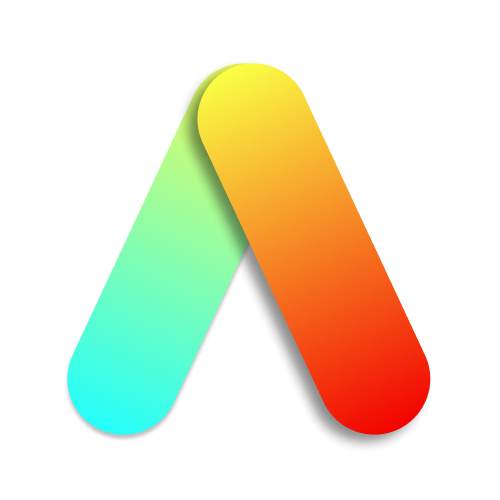- ❌ You're not an engineer.
- ❌ You just started 'coding' (sorry new vibe coders).
- ❌ You don't understand (or believe) that Generative AI has permanently changed software engineering.
- ❌ You're not willing to accept that the prompt is the new fundamental unit of knowledge work & programming.
- ❌ You're an old dog (or arrogant pup) who doesn't want to learn new tricks.
- ❌ You use low-grade LLMs (by choice) to save a few dollars, ignoring the massive productivity gains from high-grade compute.
STATE OF AI CODING
Part 1: Engineering with Exponentials (You are here)
Part 2: AI Coding is Transitory
Part 3: Agentic Coding is the Endgame

Written by

@IndyDevDan
Compute co-authors: Claude 3.7 Sonnet, GPT-4.5, GPT-4o, Gemini 2.5 Pro, NotebookLM
Audio Summary
Engineering with Exponentials
"The prompt is the new fundamental unit of knowledge work & programming." - @IndyDevDan
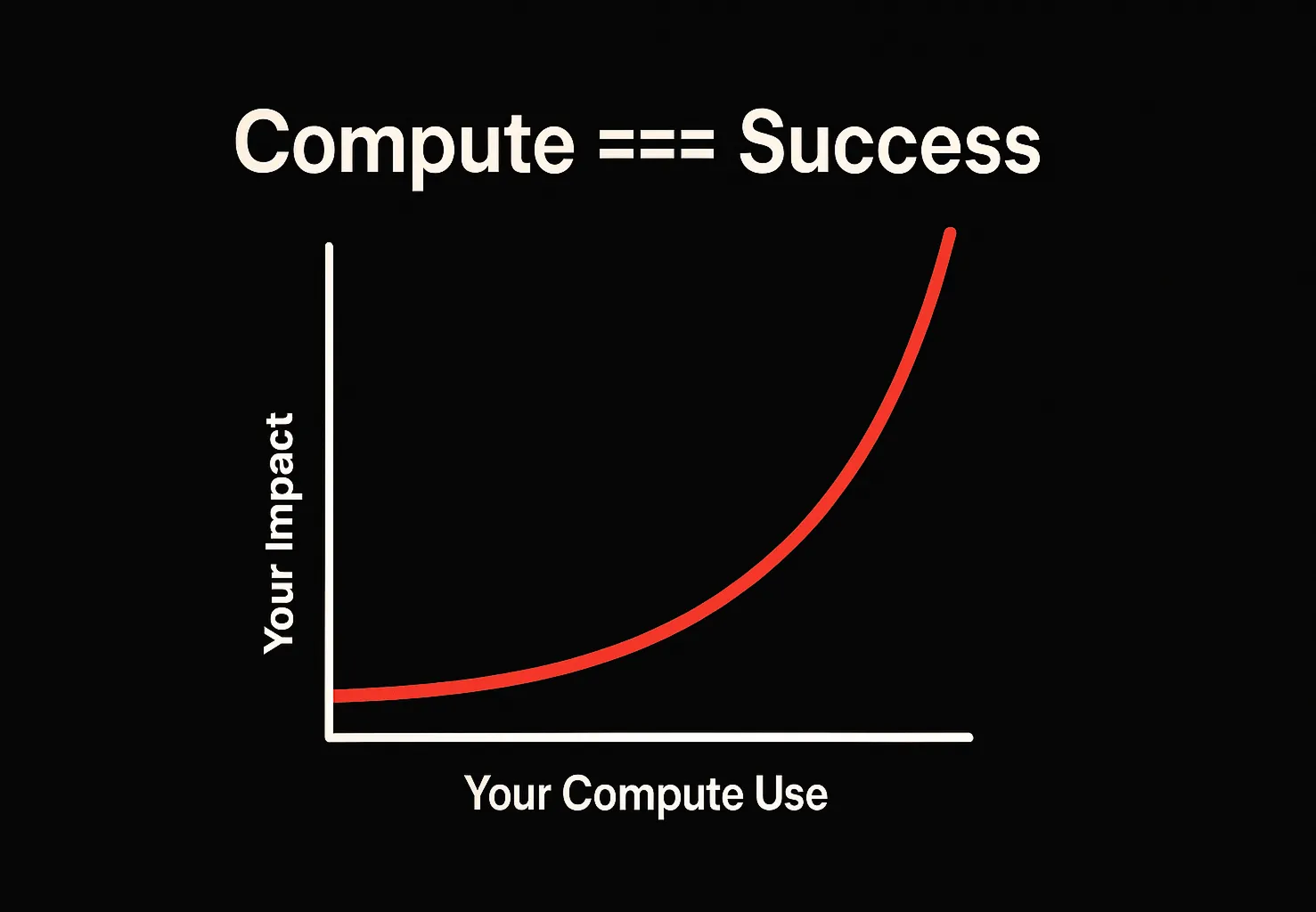
The only graph you need to understand to WIN with AI Coding
What's Up Engineers
What's up engineers. IndyDevDan here.
When the author starts a blog with a quote they created, it immediately tells you one of two things: Self-proclaimed Guru or Frontier Engineer.
What do you think?
If you know who I am, if you follow the @IndyDevDan YouTube Channel, you'd probably lean toward 'frontier engineer'. If you don't, you probably lean toward 'self-proclaimed guru'. That's okay too. This is what people mean when they talk about 'trust' and 'brand'. Two people can hear the same words and interpret them differently.
In this 3 part essay on the State of AI Coding, I'm going to give you an asymmetric information advantage you can use to win with the (temporary) engineering arbitrage of AI Coding. It starts with understanding how to Engineer with Exponentials and what KEY variable is driving that exponential that you, the engineer, have COMPLETE control over. Before we get into the bulk of the essay, let's align our incentives.
Throughout this essay, I'm going to try to do something weird—especially in tech.
"I'm going to try to NOT LIE to you or SELL YOU HYPE."
In order to do this I'm going to blatantly layout my incentives so you can understand what I get out of this and why I'm using my time to write/prompt this piece instead of progressing my Compute Advantage.
We engineers like to talk about AI alignment while we - the people - are rarely ever aligned. Every relationship depends on alignment, and alignment is driven by clear communication. So - let's get clear.
Trust Cycle
My goal is simple: I want us both to win. Your success as an engineer in the Generative AI Age fuels my business. Every weekly YouTube video, open source project, and asymmetric advantage I share increases your trust in me, making you more likely to invest in my work because you know I consistently deliver value. This trust cycle creates the win-win relationship that defines genuine business value. The "State of AI Coding" series continues this mission, offering actionable insights you won't find elsewhere in the AI Coding landscape.
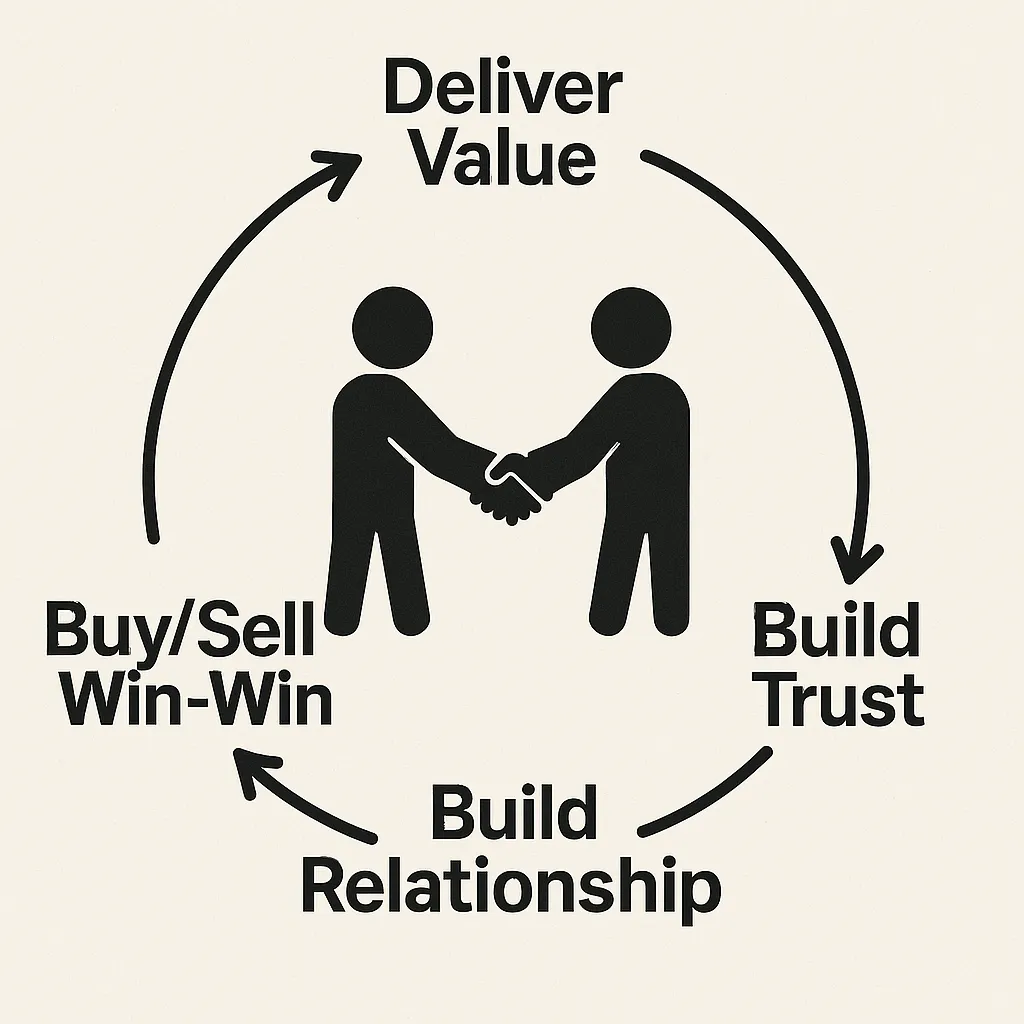
Who is IndyDevDan?
If you don't know who I am or what I can do with compute, what follows in the "State of AI Coding" essay comes from thousands of hours in the trenches with LLMs, Agents, and AI Coding tools - not theory, not speculation, but raw, boots on the ground, hands-on experience. I've built real systems, shipped real products, and solved real problems using these technologies daily. The trust I have gained from engineers around the world has been earned through demonstrated results, not claims. So before we dive deeper, here are six things that you should know about my experience in the Generative AI Age:
Pre-Wave Engineer
Building with AI Coding tools since 2022 (pre-ChatGPT), mastering LLMs, AI Coding, and Agents before they went mainstream.Proven Track Record
Growing YouTube channel that guides engineers through the noise of endless hype trains with practical techniques to leverage AI tools for massive value creation.
Perfect Career Position
15+ years engineering experience, learned software "the hard way" pre-LLMs, while still adaptable enough to avoid the cynicism that plagues some veteran engineers.Consistent Edge
Investing hundreds of hours to stay ahead of the curve, pioneering Agentic Engineering long before it's mainstream (peep the url).Big Picture Engineer
Focused on where the ball is going instead of ticker watching every tool and model release, identifying the foundational knowledge and trends that truly matter.Who are you?
Now that we have my skills addressed - it's time to address yours. This essay is not for everyone. Reading words that weren't written for you will not create the result you're looking for.
This is NOT for you if...
This IS for you if...
- ✅ You're an engineer who understands the prompt is the new fundamental unit of knowledge work & programming.
- ✅ You know what most if not all of these words mean: var, loop, conditional, Big O, algo, recursion, OOP, inheritance, polymorphism, API, REST, middleware, async/await, promise, callback, dependency injection, state management, Git, CI/CD, unit testing, mocking, containerization, serverless, microservices, and design patterns.
- ✅ You've used one of these AI Coding Tools: ,Aider,Claude Code,Cursor,GitHub Copilot,Windsurf,Cline, orContinue.Devin
- ✅ You've taken .
 Principled AI Coding
Principled AI Coding - ✅ You're not afraid to be wrong, learn, and adapt.
- ✅ You'd spend money to save time any day of the week.
- ✅ You know AI tools and models are always changing, but Principles are forever.
If you're in the second group, welcome. You're in the right place. Now let's dive into what matters most — unlocking your exponential potential as an engineer.
What you'll get out of this
The State of AI Coding is broken into three parts:
- Part 1: Engineering with Exponentials (You are here)
- Part 2: AI Coding is Transitory
- Part 3: Agentic Coding is the Endgame
Here's what we're going to accomplish in the State of AI Coding:
- Measure your current AI Coding skills with the first-ever AI Coding Tier List
- Internalize the importance of the exponential nature of AI Coding and what you need to know to win
- Learn a simple equation for maximizing (and understanding) how to increase your impact with compute
- Look at hiring and managing in a world of vibe coders, traditional software engineers, GenAI Engineers, and soon Agentic Engineers
- Understand why more compute is 'all you need' to win as an engineer
- See concrete examples of how I'm maximizing compute through strategic AI tool selection
- Discuss what makes the best AI Coding Tools and the best LLMs for AI Coding
- Understand why AI Coding is Transitory
- Discover what Agentic Engineering is and why it's the Endgame
If these topics interest you and you're ready to win as an engineer, let's get started.
Let's start with a simple, truthy statement: Software Engineering Has Changed.
Software Engineering Has Changed
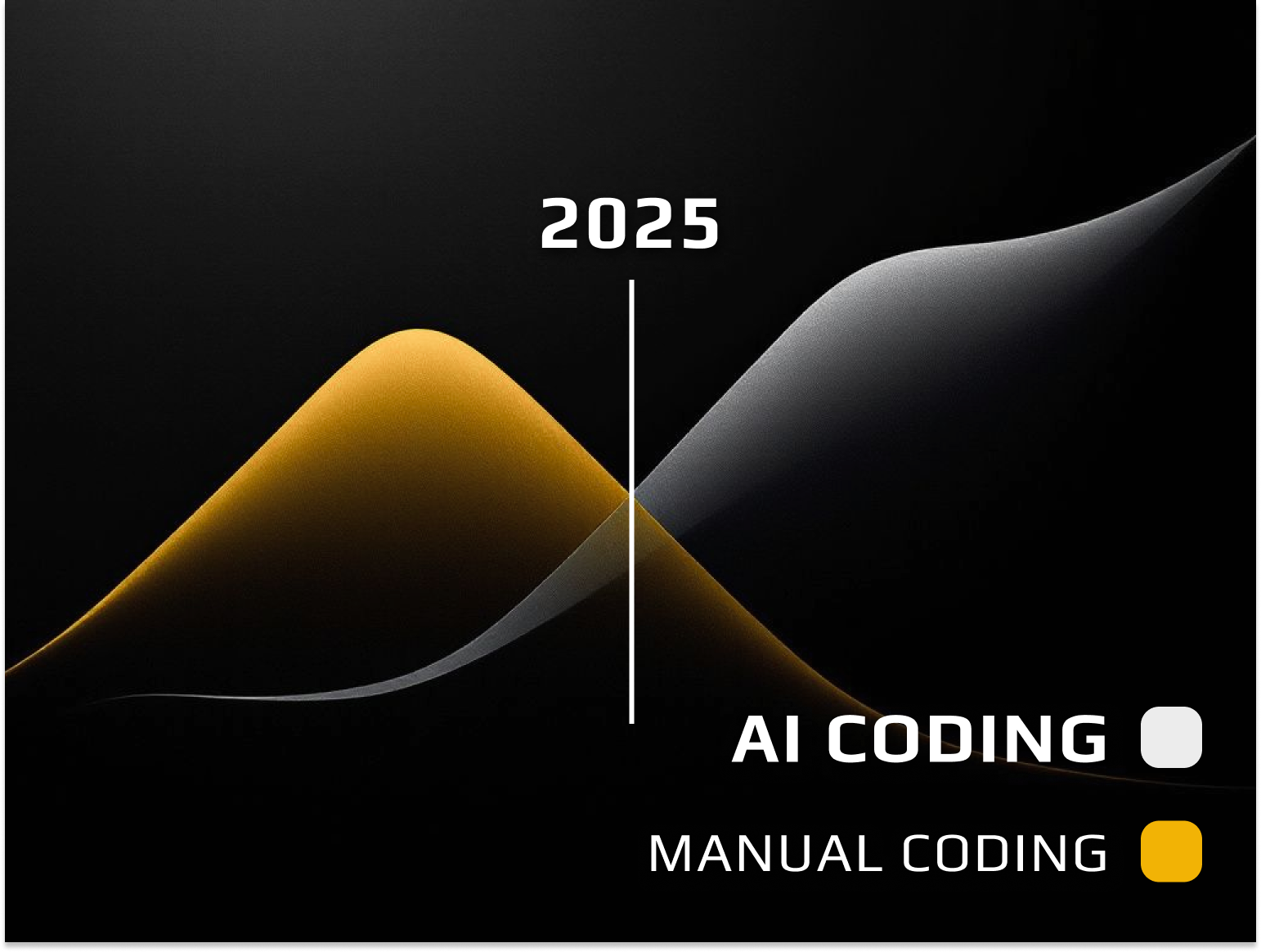
Anyone still clinging to the old ways of engineering has begun the self-deprecation process. This is an irrefutable fact. Typing code line by line is dead. There used to be exceptions to this statement, but now, in 2025, there are none.


The Most Important Skill for Engineers
The crucial skill, the real engineering differentiator today, lies in your ability to craft the perfect package (at scale, quickly) to effectively command this vast compute power through AI Coding tools. This leap definitively destroys the line-by-line manual engineering of the past. And it's not even close. The @IndyDevDan of 2021 doesn't stand a chance against the @IndyDevDan of 2022, 2023, 2024, and especially not 2025. If you're reading this, you've likely experienced this first hand with your own increased productivity.
AI Coding and its upcoming variant (more on that later) represent an unprecedented opportunity for engineers to produce massive amounts of code value.
"There are levels to this game"
There are levels to this game. Engineering, like any field, has always had skill gaps. But now? The curve isn't just steeper—it's exponential. The performance gap between engineers is widening at an unprecedented rate.
AI Coding Principle Engineer: Roasts your feature request, validates requirements, eliminates half of them, crafts a precise spec prompt, and ships to production with less than 100 lines of code in a fraction of the time.
vs
Engineer without AI Coding principles: Gets there eventually (hopefully), but with significantly more effort, more code, and a time cost that will make you cringe compared to GenAI Engineers.
This stark reality is reshaping the entire software industry. In Part 2, we'll explore the implications for hiring when 'code is a commodity' (the industry has this wrong by the way, it's never been about the code). The next obvious (and most important) question for every startup is now - how do we filter for engineers with the greatest Compute Advantage?
If software engineering has changed, we should be 100% clear about what's changed it so we can understand how to adapt and take advantage of the new reality. The answer is simple: What's changed is that engineers now have access to COMPUTE consumed by LLMs, available through AI Coding tools.
AI Coding presents a new way to engineer. It's a new skill that changes what it means to be an engineer. This has massive implications for engineering in 2025 and beyond because:
- AI Coding transforms how much value a single engineer can create...
- Which transforms what teams of engineers can create...
- Which transforms how much value companies can create...
- Ultimately reshaping the entire landscape of what's possible in the software industry.
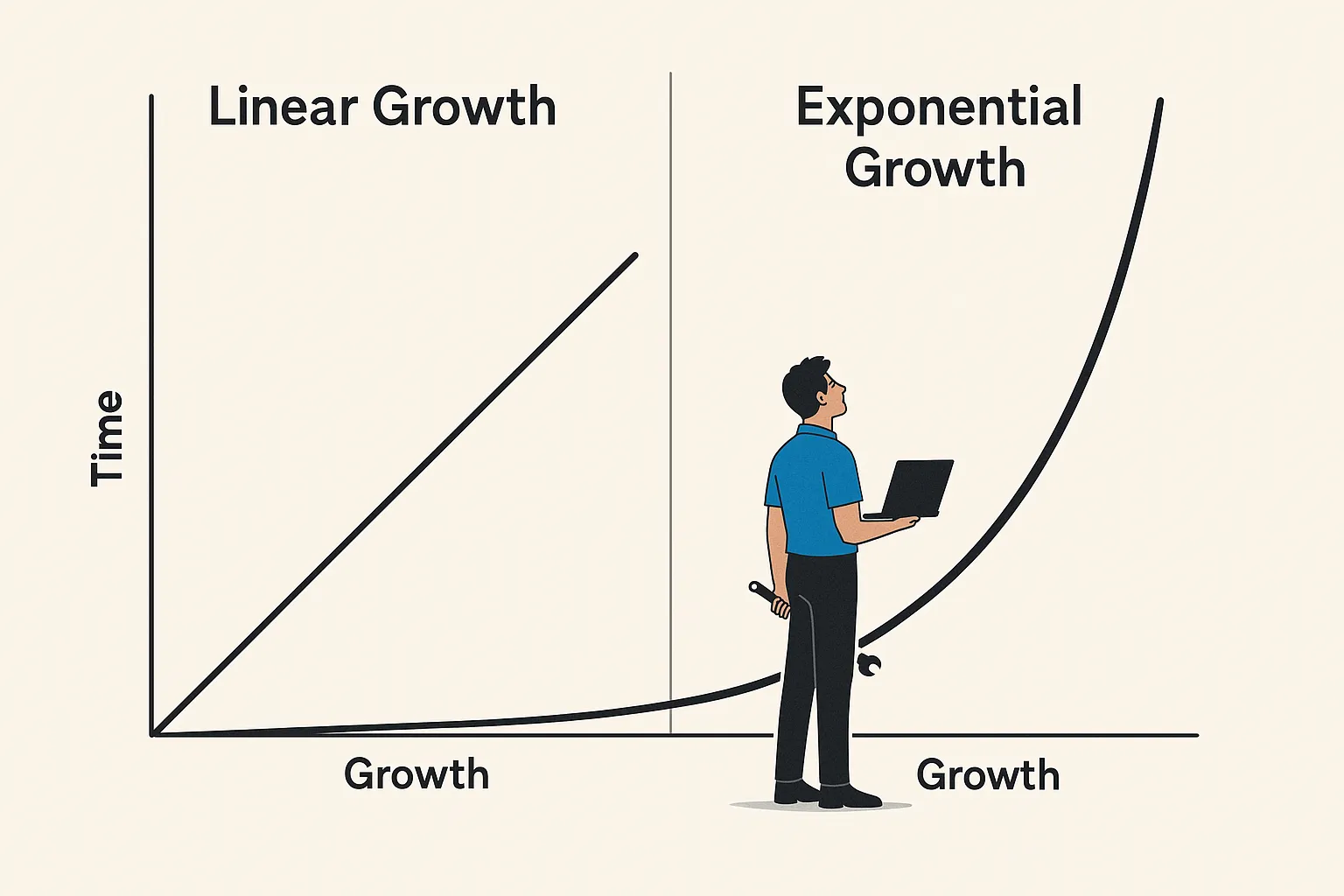
All of this impact starts with understanding the exponential nature of AI Coding. Whenever you're presented a new paradigm, tool, capability or idea the first thing you should do is understand the HIGHEST LEVERAGE variable YOU can control to maximize what you can do.
So, what's the highest leverage variable for AI Coding and engineering in the Generative AI Age?
AI Coding Skill Issue Tier List
If AI Coding is a new skill, that means in order to improve it we need to measure it. I've built a simple tool to help you get a rough baseline measure of your AI Coding skills. We'll use this to help you understand the key variable you can control to maximize your compute advantage.
This is the first-ever AI Coding skill tier list - don't take it too seriously. Each question either adds or subtracts between 0-40 points (with a few massive exceptions), summing into a final tier (F, E, D, C, B, A, S, and S+). Let's see how you measure against yours truly and my estimation of the industry. Don't try to game it; this is for you and me alone. All these checkboxes are proxies for one underlying variable, which we'll explore after you see how your AI Coding skills compare.
AI Coding Skill Tier List
Check all that apply - Skip any that don't make sense
After submission, you'll see point values for all skills to help you improve
Check at least 5 items to get an accurate assessment.
Your AI Coding Skill Rank
@IndyDevDan's AI Coding Skill Rank
Tech Ecosystem Average AI Coding Skill Rank
Now whatever your tier is, don't get too caught up in your ranking. There are tons of exceptions, debatables and opinions around what it means to be a skilled AI Coding engineer. Instead, focus on the big picture of what each one of these questions were REALLY asking you.
What's the big picture of AI Coding? What's the underlying variable that determines how much value you can produce as an engineer?
If you've been following along the @IndyDevDan YouTube channel, we've been talking about this for a while now.
Compute is the one variable that matters above all others. Compute is 'all you need' to win as an engineer.
"There is now a causal relationship between the amount of compute you can consume and the amount of value you can produce."

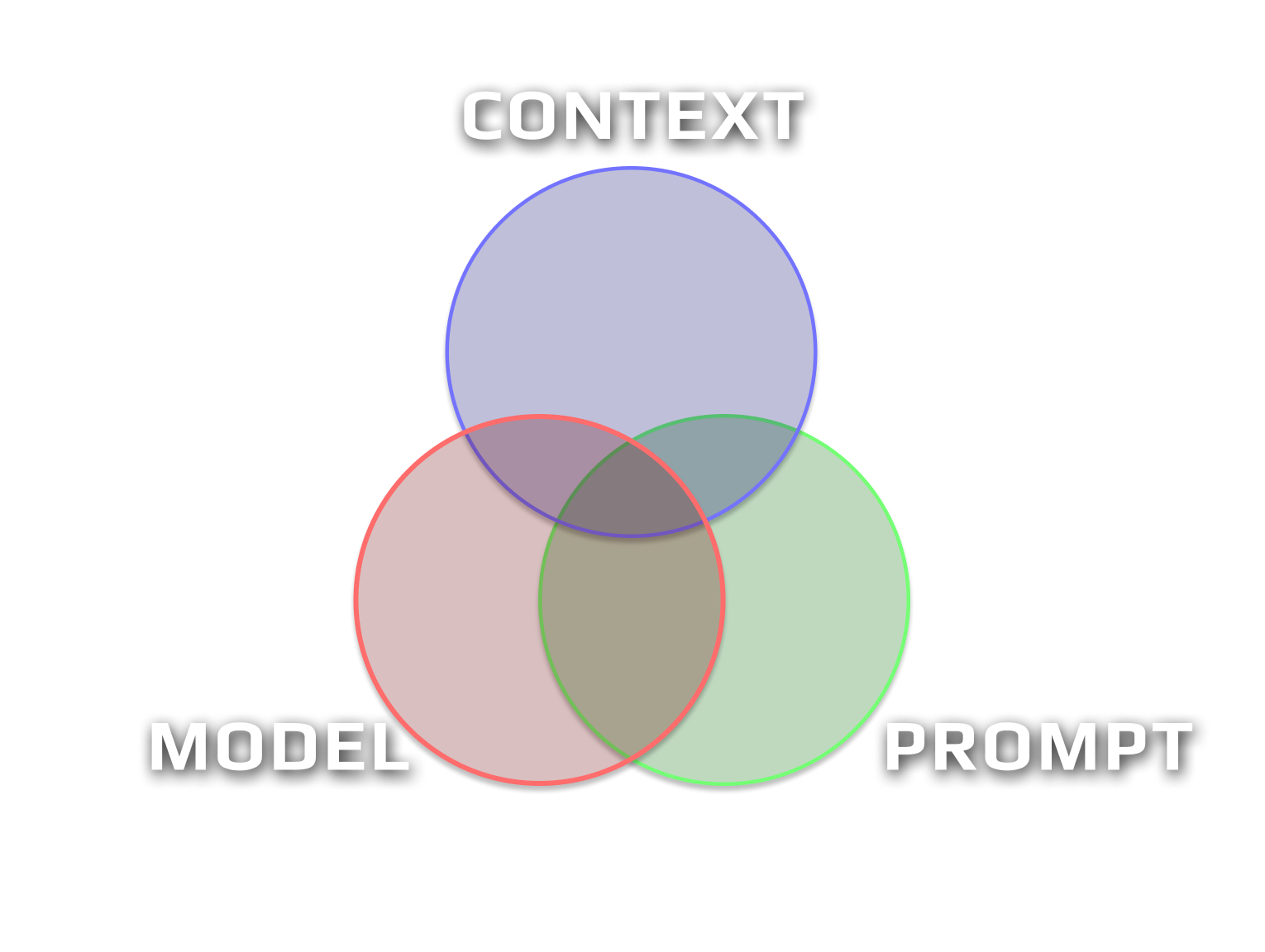
Let's talk about what this means, how you can use it to your (massive) advantage as an engineer and in part 2 and 3 we'll acknowledge and create a game plan for the fact that this will not last forever.
Engineering with Exponentials
Okay, we're now ready to answer the question head-on: what is the current State of AI coding?

This kind of change isn't comfortable. It means some of the skills you've spent years honing are rapidly depreciating in value. Think rote memorization of syntax, boilerplate code generation, line-by-line algorithm implementations, and debugging. They're becoming commoditized by compute. But here's the flip side: new skills are appreciating at an insane rate. Skills centered around leveraging AI, prompt engineering, system design with AI, and understanding how to wield compute effectively.
The single most important thing you and I can do right now is laser-focus on the skills that offer the highest leverage - day after day after day. The ones that let you ride that exponential curve instead of being flattened by it. Lucky for you and I, IF we're willing to adapt (and let's be real, adaptability is THE core engineering skill), the current wave of AI Coding and its rapidly approaching successor, Agentic Coding, offer a once-in-a-lifetime moonshot. Right now, you have a chance to Engineer with Exponentials.
But here's the kicker: I can almost guarantee you don't really understand exponentials. Not in your bones. Let me tell you how I learned – or rather, forced myself – to internalize what this truly means for us as engineers.
So, I used one of my engineering super powers (every engineer has at least one unique edge),
I focused on the signal.
I used a text-to-speech tool I built to convert the text into an audio file inside of Notion and listened to it. Repeatedly. Hundreds of times. Start to finish.
Primarily during my midday walks on deep work days (Tuesday, Thursday, Saturday) – those precious times away from the keyboard is where the real growth happens. Why? Because knowing something intellectually is miles away from having it internalized and actionable. Internalized ideas become constants in your mental codebase. They're the bedrock assumptions that dictate everything downstream – your logic, your compositions, your strategies, your actions and finally, your results.

I'm sure you can see the J-curve graph in your mind, nod along, say "yeah, yeah, compounding," but the sheer, gut-wrenching, reality-bending speed of the steep part of the curve as x increases doesn't fit neatly into our linear-predicting monkey brains. So, I jammed it in. Over, and over, and over. Re-prompting myself constantly on the significance of exponential growth. Now my mind whispers these ideas to me on a daily basis:
"Whenever how well you do depends on how well you've done, you'll get exponential growth."
"...but we don't have many customs about exponential growth either..."
"Few even of the participants realize they're benefitting from exponential growth..."
"Knowledge grows exponentially, but there are also thresholds in it..."
"Superlinear returns seem small at first."
I knew understanding superlinear returns was critical for me to truly get it to unlock the asymmetric results I knew were possible in this generative AI age, both for myself and for the engineers following my work.
So, why all this fuss about exponentials? Because compute is the KEY VARIABLE (x) driving the exponential curve in engineering. The raw processing power, accessible through increasingly sophisticated AI models and tools, is the resource you can now leverage to produce value at a scale previously unimaginable.
Let's try to stare exponentials in the face. Try not to flinch.
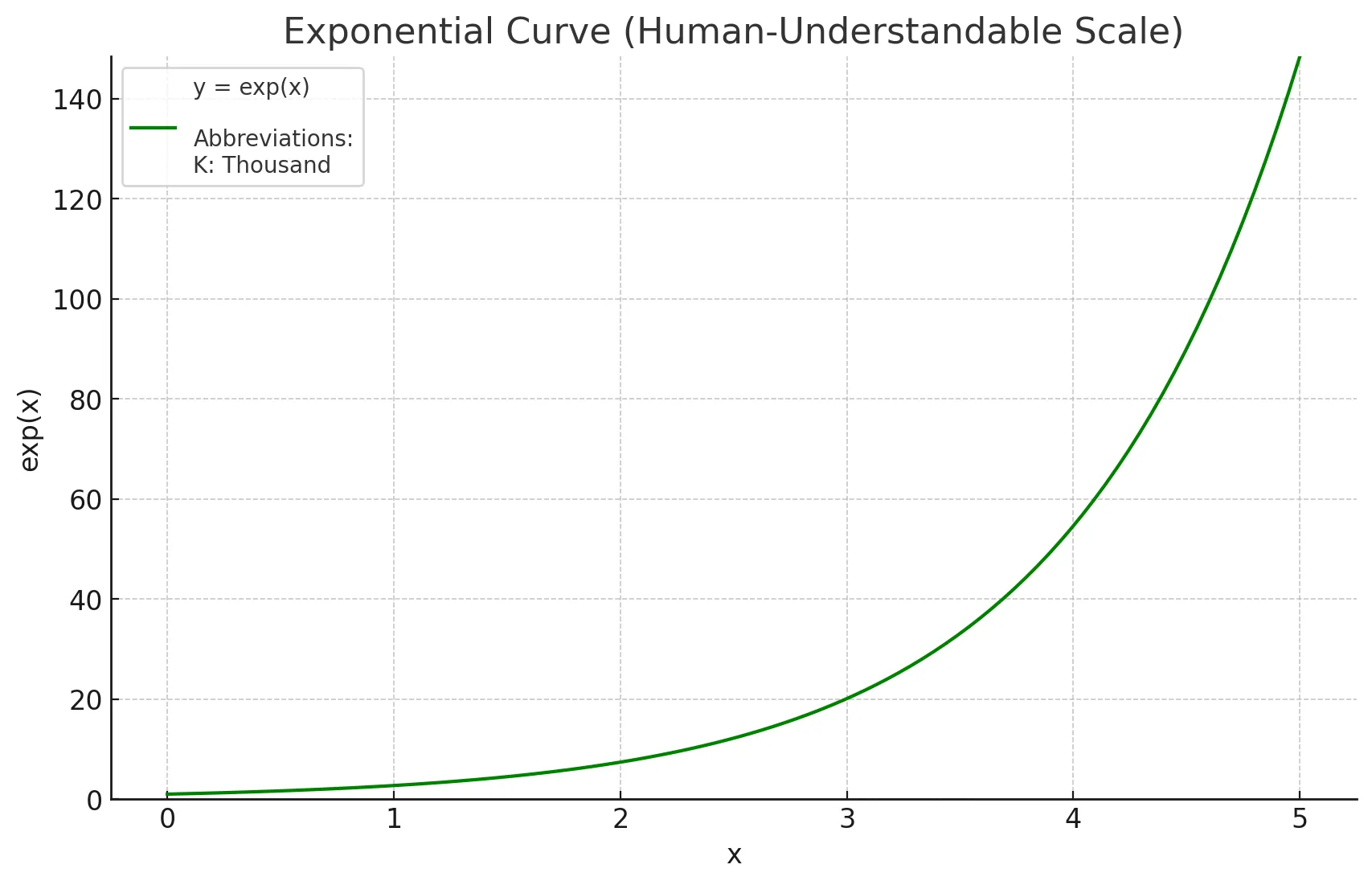
x=5: "Only" 148 Units of Value 😑
At x=5, the exponential function yields just 148 units of value. Not that impressive, right? This is the deceptive part of exponentials - they start slow, almost linear. You control x (compute), and here, for 5 units of compute input, you get 148 units of value out. Most people stop here, thinking "that's nice" without realizing what comes next. If you only just kept pushing.
x=10: Wait... 22,026 Units? 😮
Now things get interesting. Doubling our compute from x=5 to x=10 doesn't double our output - it multiplies it by 149 times. That's superlinear growth starting to reveal itself. For 10 units of compute input, you get 22,026 units of value out. You control x, and small increases in x are already yielding shocking returns in y. Your hard work is starting to pay off.
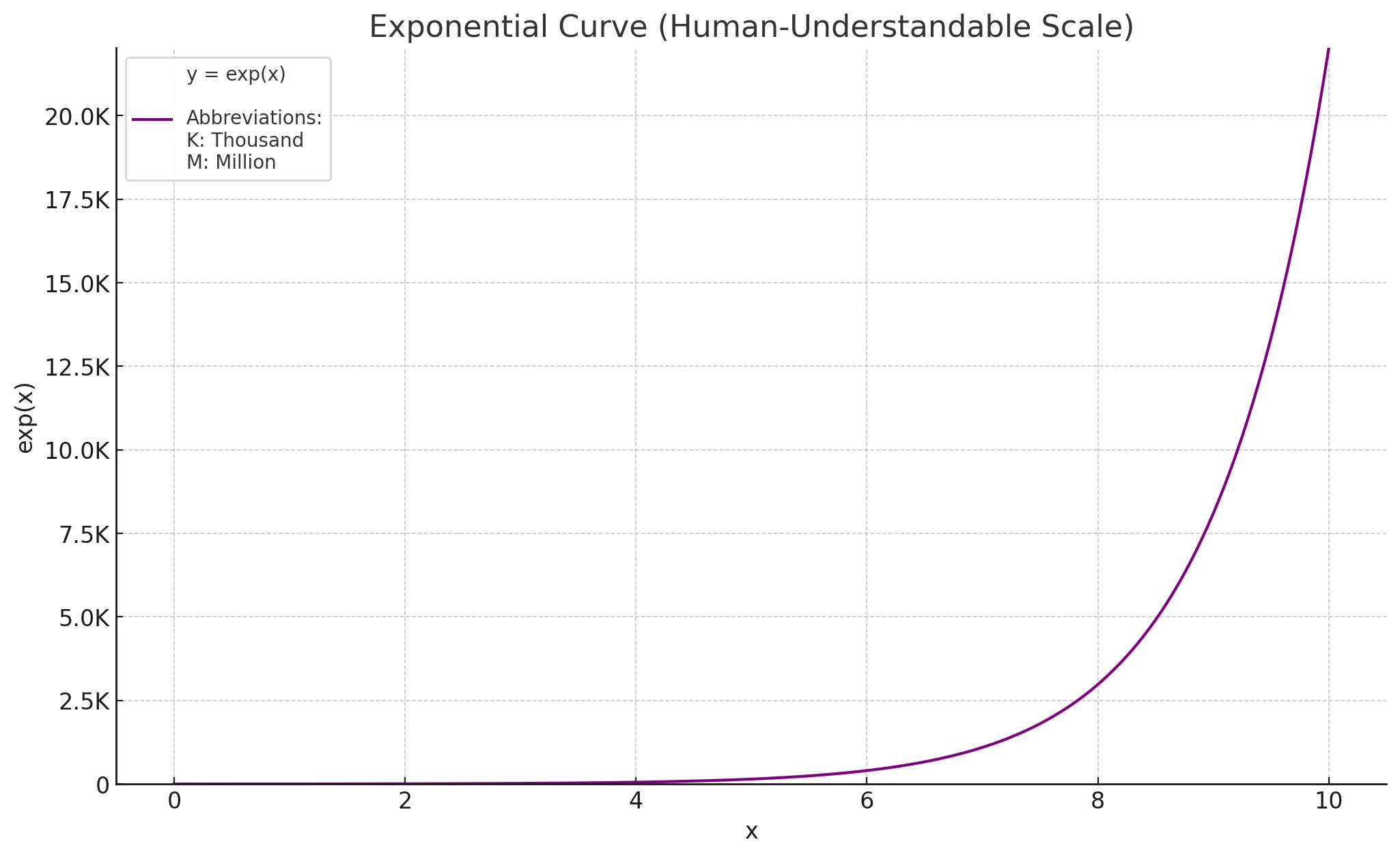
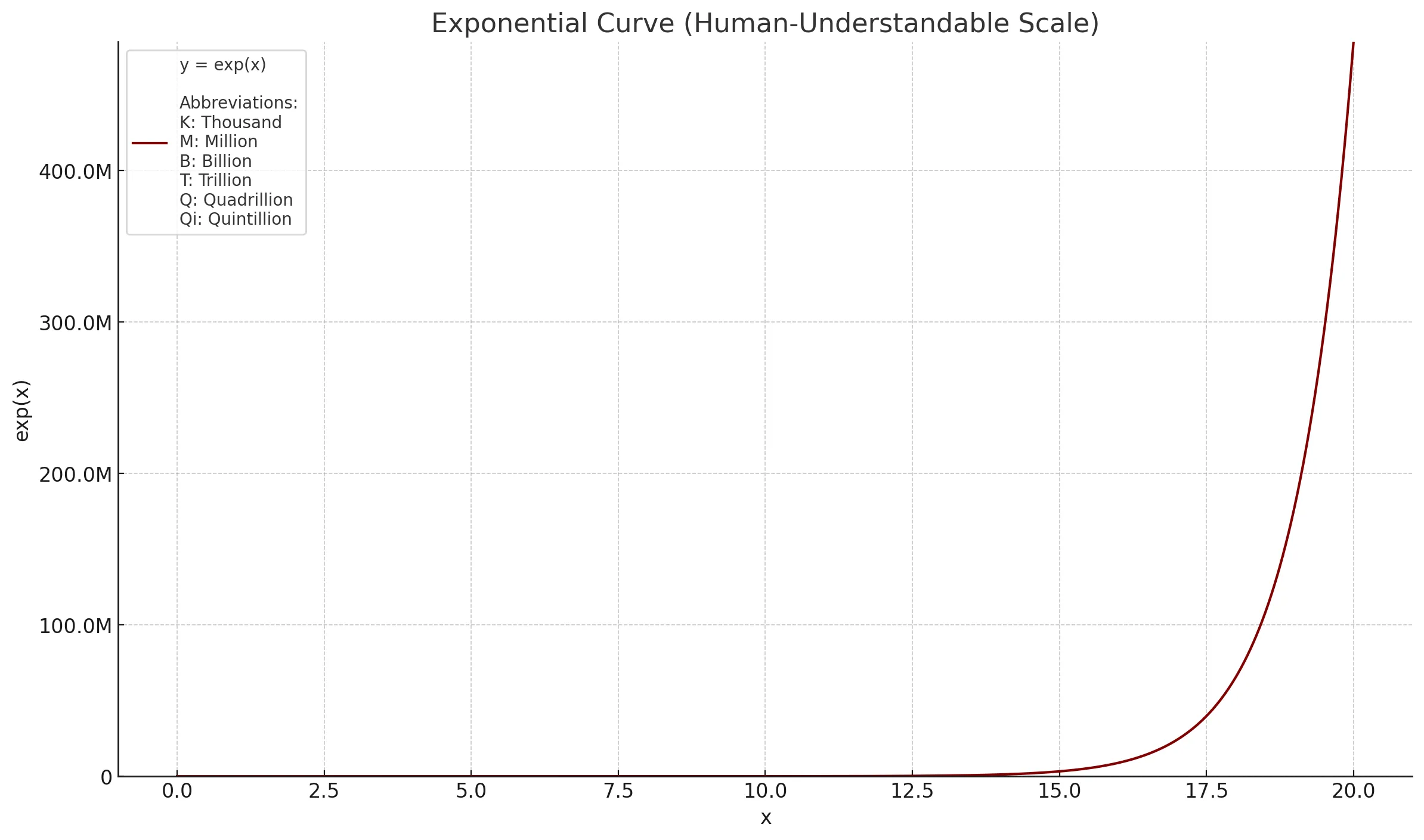
x=20: 485 MILLION Units! 🤯
This is where exponentials break your brain. From x=10 to x=20, we've only doubled our compute input again, but the output? It's now 485 million. That's not a typo. You control x, and at x=20, each unit of compute you add creates millions more units of value. Our linear-thinking brains struggle to grasp this scale of growth. But if you can tap into this, you're in a whole new league.
x=30: 10.7 TRILLION Units!! 😵
This is MADNESS. At x=30, the exponential function outputs 10.7 TRILLION units of value. From x=20 to x=30, we've only increased our compute by 50%, but our output has multiplied by 22,000 times. This is the steep part of the curve where reality warps. And guess what? YOU CONTROL X, and every single unit of additional compute you harness now yields TRILLIONS more units of value.
This is exponential growth in action - for one unit of effort at x=30, you get TRILLIONS of units of value out. If you're not positioning yourself to harness this power, you're leaving universe-sized value on the table.
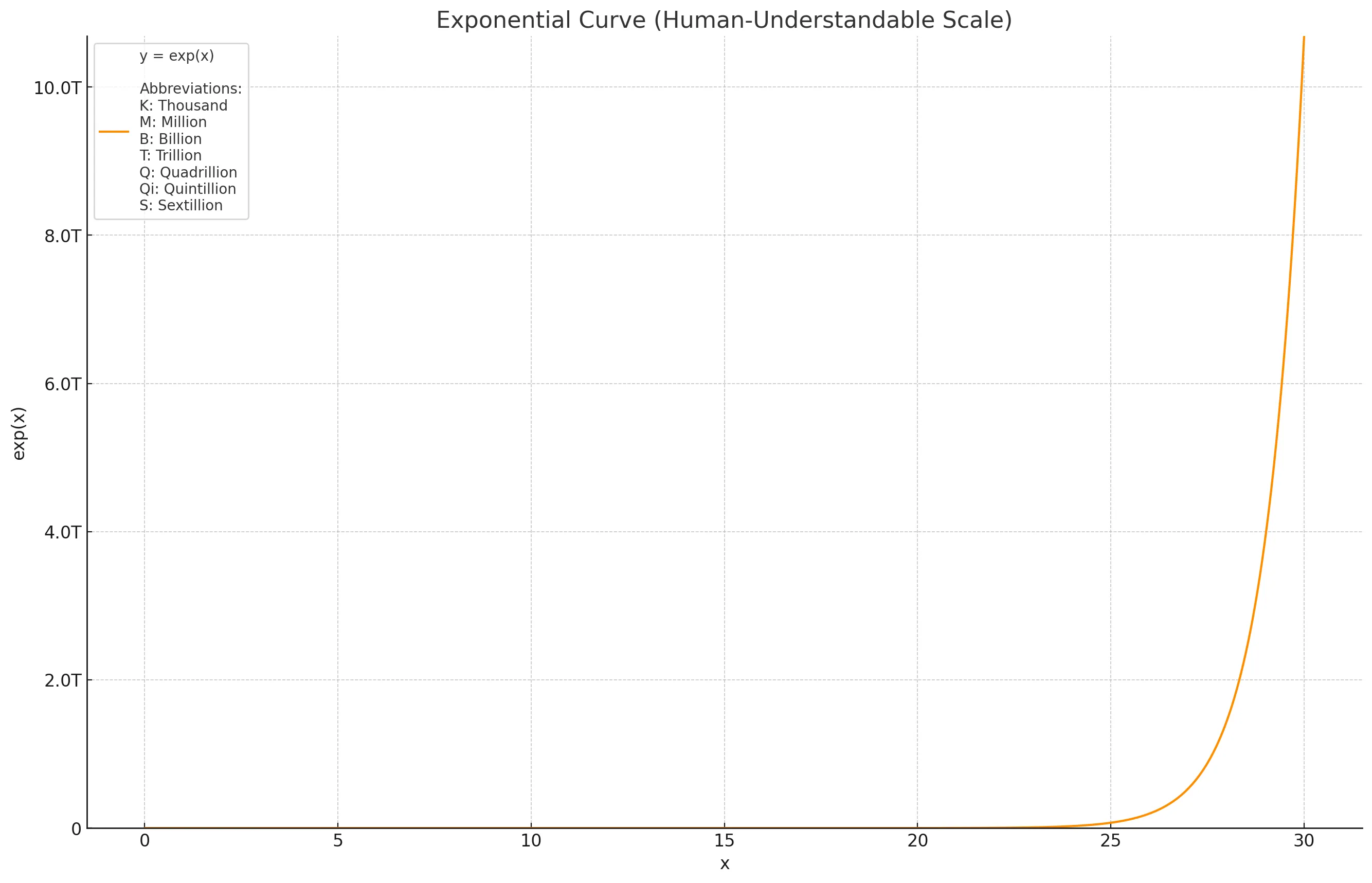
When you fire off a prompt, you're tapping into this exponential.

Does this make sense? I hope so. The exponential curve is the key to understanding the State of AI Coding.
Every so often, an opportunity arises that's fundamentally asymmetric: low risk, ridiculously high potential reward. Where one unit of effort today can yield 10, 100, 1000, 10000, or even trillions more units of value down the line. That's where we are right now with learning to leverage compute via AI. If I had to boil down the State of AI coding into one sentence, it's this:
"Compute use is the fundamental variable of engineering leverage in the AI age, and those who master its exponential dynamics will outperform everyone else by orders of magnitude."
This advantage won't last forever. Like all gold rushes, it will eventually become saturated. The barrier to entry for basic software tasks is plummeting, which is both amazing for democratizing software, and terrifying if your value is tied to those basic tasks. Vibe coding, cobbling things together with AI prompts without deep understanding, is becoming the new entry-level. That's the saturation point creeping in.
So, how do we get ahead and stay ahead? How do we maximize our leverage on this curve? It's all about taking your raw engineering skill and multiplying it with the right tools that enable you to harness more compute.
More concretely, you need to understand how to measure and grow your 'Compute Advantage'.
Let's look at THE equation you can use to maximize your impact:
The Compute Advantage Equation
The higher your compute scaling, autonomy, and the lower your costs (time, effort, money), the greater your compute advantage as an engineer.
This equation captures the essence of Engineering with Exponentials. Your goal is to maximize the numerator (compute and autonomy) while minimizing the denominator (costs). Every AI Coding tool decision should be evaluated through this lens (Really, every GenAI tool can be evaluated through this lens).
Here are some concrete scenarios that illustrate how to apply the compute advantage equation.
Concrete Scenarios: Maximizing Your Compute Advantage
Scenario 1: Maximizing Compute Scaling
You're comparing two LLMs for your favorite AI Coding tools: Basic Model ($20/mo) vs. Premium Model ($40/mo). The Premium Model offers a 2x larger context window with improved reasoning capabilities, allowing you to prompt with your entire codebase rather than just selected files. This increases your compute scaling dramatically by enabling the model to reason over vastly more relevant code. Despite the higher monetary cost, the equation favors the Premium Model because the numerator (compute * autonomy) increases by a factor of ~3x, while the denominator (costs) only increases marginally.
Decision: Pay more for greater context understanding → Dramatically better results
Scenario 2: Maximizing Autonomy
You're comparing a powerful chat-based AI Coding tool ($10/mo) with an agentic coding tool that can execute terminal commands and edit files autonomously ($30/mo). The chat tool requires constant intervention and manual implementation of its suggestions. The agentic tool requires initial setup time but can then work independently for 10-20 minute stretches. Despite 3x the monetary cost, the autonomy factor increases by 5-10x, and your personal time and effort costs decrease by 70%, resulting in a much higher compute advantage.
Decision: Choose tools that maximize autonomous execution → Reclaim your time
Scenario 3: Minimizing Time & Effort
You're deciding between writing detailed spec prompts (1 hour of planning) versus iterative prompting (quick start, many follow-ups). The spec prompt approach requires more upfront effort but dramatically reduces total time spent - cutting a 5-hour task down to 2 hours total. The iterative approach has lower initial effort but results in constant context-refreshing, repetitive explanations, and more errors to fix, increasing total time to 6+ hours. The denominator is much smaller with the spec prompt approach, yielding a higher compute advantage.
Decision: Invest in better planning → Minimize total time and effort
This simple equation can be a massive guiding force in your engineering. It's the key to understanding how to maximize your compute advantage.
I'm a big fan of lossless compression. What am I really saying here about the State of AI Coding?
"Your value as an engineer scales directly with the amount of compute you can harness, while minimizing costs in time, effort, and money."
Compress it again... What is the OIL of what I'm trying to communicate to you here?
"To manage your results, manage your compute."
AGAIN, COMPRESS IT EVEN FURTHER!
"COMPUTE === SUCCESS"

Bam. That's it. That's the game. This is the State of AI Coding.
If you take nothing away from this post, please, sear this into your mind. This arbitrage won't last forever. I take my best guess as to how long we have in part 3 but, like the Lisan al Gaib, I see multiple futures all at once, not one. There are many outcomes that may play out.

If you're ready to win, this is the best time to be an engineer. The ceiling has never been higher.
So what does Engineering with Exponentials ACTUALLY look like as an engineer? Let me share with you AI Coding Tools I'm adding, removing, increasing, and decreasing to show what this REALLY means. Practice beats theory every single minute of the day.
My AI Tooling Investments
Investing in AI tooling is like investing in the stock market. You have to add, remove, increase, and decrease your AI tooling to maximize your returns. The tech ecosystem changes fast, so you have to be willing to take risks, try new things and adapt to new opportunities. That also means letting go and reducing your exposure to tools that are no longer giving you a compute advantage.
My AI Coding Tool Investments
| Tool | New/Removed | Monthly | Weekly | Daily | Every Dev Session |
|---|---|---|---|---|---|
Claude Code | NEW | ||||
Cursor* | UNCHANGED | ||||
ChatGPT Pro | UNCHANGED | ||||
Existing MCP Servers | NEW | ||||
Custom MCP Servers | NEW | ||||
ChatGPT (Deep Research Agent) | UNCHANGED | ||||
Custom AI Agents | NEW | ||||
Devin | NEW | ||||
PAIC Patterns | REDUCED USE | ||||
Aider | REDUCED USE | ||||
Claude | UNCHANGED | ||||
Gemini | UNCHANGED |
New
Increased Use
No Change
Reduced Use
Removed
What's the common thread between all of these tools? They all enable me to, you guessed it, USE MORE COMPUTE. More precisely, they all enable me to increase my Compute Advantage.
In order to determine which tool you should adopt, you can use this guiding question:
"Does this tool give me a Compute Advantage?"
When evaluating a new tool (or model), you should select the tools that drive up your Compute Scaling and Autonomy while simultaneously driving down your Time, Effort, and Monetary Cost.
Let's address some potential misconceptions and preemptively respond to questions around my AI Coding Tool selection.
- By 'use more compute', I do mean 'use more compute to solve a real problem that generates some real world value'.
- The tools you use don't really matter. Crazy statement right? What matters is that they have the features that enable you to tap into more compute better/faster/cheaper. Notice, I don't use Claude at all - that means no MCP servers right? No, gives me access to MCP servers.Claude Code
- Don't get caught up on trying to pick 'winners' - even if you're right it will only matter for a short period of time. What you want is access to capabilities that enable you to increase your Compute Advantage.
- Yup, I'm using a lot of tools. Including . I have to give credit to the Devin engineers. They've been ahead of the curve for awhile now. It's not understood how far ahead of the AI Coding ecosystem this tool has been. More on this in part 3.Devin
- Custom MCP servers are super important here because they let you scale your compute in unique ways using a standard interface that you can reuse. For instance in this video we used just-prompt, a MCP server that lets you run prompts against many different LLMs from multiple providers with a single tool call. If you don't know how to create one, you'll be dependent on the ecosystem. For 95% of engineers, this will be fine, but something to keep in mind for any top-tier AI Coding Engineer.
- I can guarantee you, by the end of 2025, Custom AI Agents will be at the top of the list. Why? See the compute advantage. This is the least understood compute advantage. Stay tuned.
Every decision I make about which AI Tools to add, remove, increase use, and decrease use is based on how much compute I can get out of them per unit of time > effort > dollar. In this order.
"I've never adopted a tool as quickly as I've adopted."Claude Code


Speed is incredibly important and underrated. Imagine shipping three new products this quarter instead of one. The difference that can make for you, your career, and your company is massive. The engineers who understand this are the ones who will thrive in this new paradigm.
AI Coding is the bottom of the curve
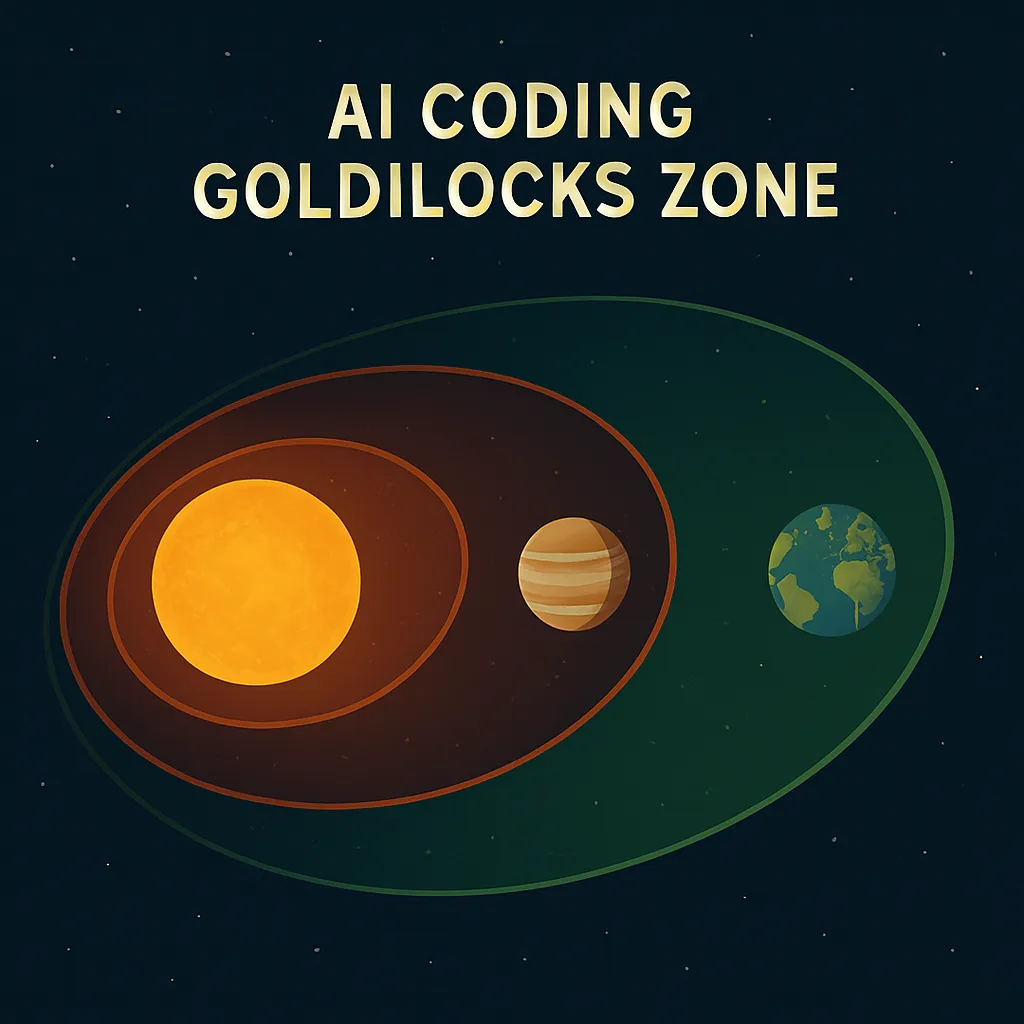
Here's a provocative thought – one that might surprise you: AI Coding is actually a transitory skill. It exists in a temporal goldilocks zone-a sweet spot that won't be around for long.
You read that right. The skill that everyone is scrambling to develop right now – the one that's creating 10x multipliers and redefining what an engineer can accomplish – is actually just the bottom of a much steeper exponential curve.
Think of AI Coding as a temporary phase. A bridge to what comes next. Like a beta version that evolves into something recognizable yet fundamentally transformed. We're experiencing just the initial moments of a much more significant transformation.
As you can see from the titles of Part 2 and Part 3 of this series – 'AI Coding is Transitory' and 'Agentic Coding is the Endgame – we're building toward something bigger. The NEXT crucial skill isn't merely an evolution of AI Coding, it's a revolutionary leap to Agentic Coding and an entirely new role: Agentic Engineering.
This is precisely what we'll explore in Parts 2 and 3, which are exclusively available for Principled AI Coding members.

The insights in these exclusive continuations will help you understand why you should be betting everything on agentic capabilities, and how to position yourself for long-term success in the coming paradigm shift. I'll also share some inside baseball on trends I'm going all in on as well as upcoming developments I'm creating for engineers.
Ready to continue your AI Coding journey?
Stay focused and keep building.
- Dan
